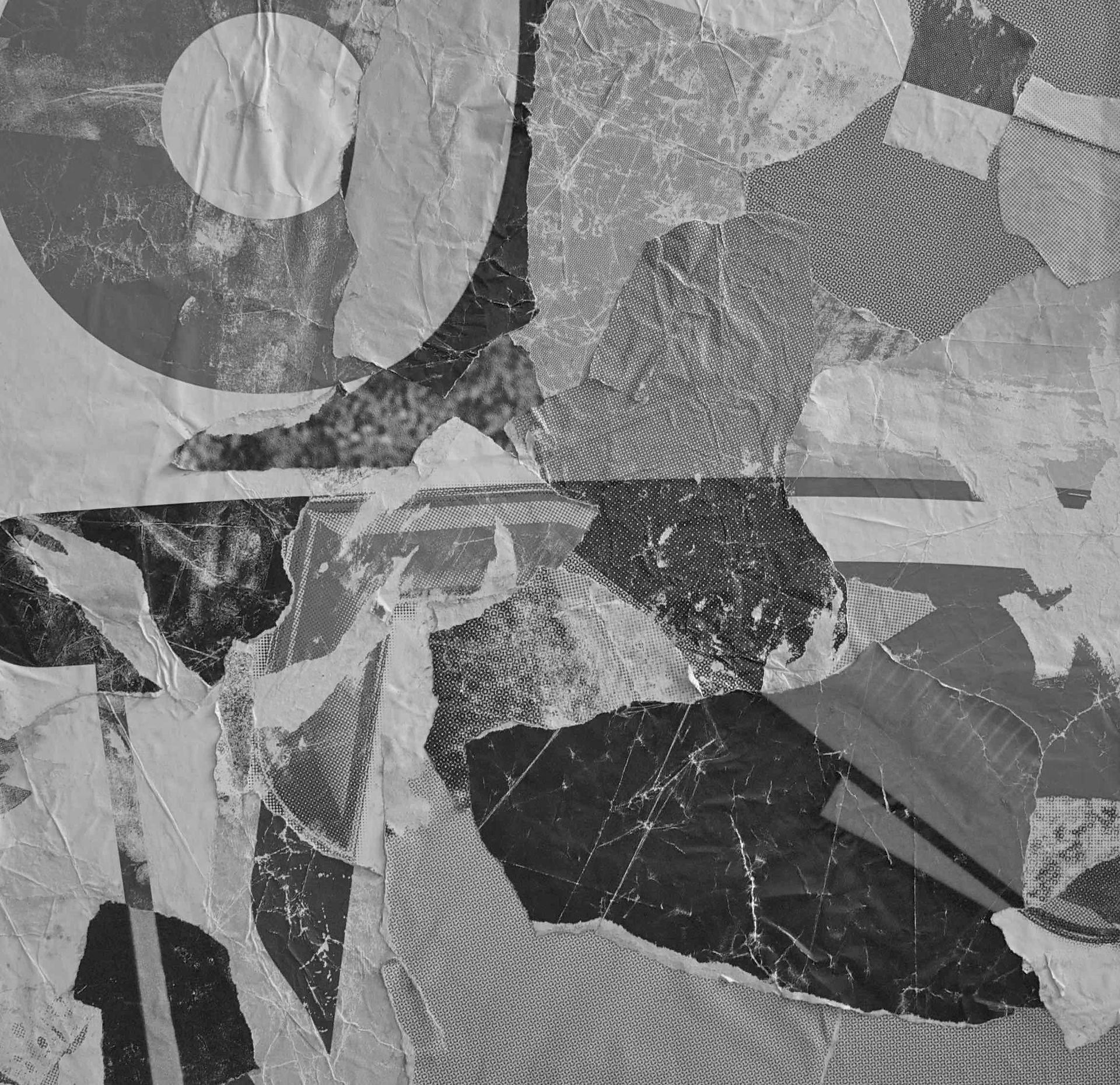
Pollock's





In 1977 I was squatting in Villa Rd and a shop was up for rent on the Brixton High Rd. The whole block was going to be demolished due to planning blight, it was £5 a week, half my dole money. ‘Pollock’s’ was an art clothes shop with second hand shirts screen printed with images of artists and artworks. Jeans and T Shirts were ‘Pollocked’ with household paints. Making abstraction functional, something I felt was lacking in the rarefied atmos of art school. There was an element of iconoclasm as well, messing with the deities. Glen Matlock inspired the idea with his paint spattered jeans and was involved at the discussion stage but soon got busy with the ‘Pistols’. Mark Helfond another contemporary from St Martins helped with ideas, PR and encouraging other people to make stuff for the shop. Brixton was very much an outpost in those days; only people making a concerted pilgrimage would enter through the door. Jon Savage turned up a couple of times once with Polystyrene from X Ray Spex in tow, they both bought jeans. Jon also bought a number of shirts. The total number of items sold in the year was under 50.
At the outset the venture was a dig at the art, and the pious worship of it, It was an opposition to what I deemed an art of little meaning. I was more interested in Kienholz and art makers who made political statements. This attitude got a jolt when making the Pollock jeans and T-shirts. I had the trousers on the floor a la ‘Dripper’ and prowled around them with sticks and brushes flicking and dripping. As I was doing it I had an epiphany, I feeling some connection with Jackson or at least to his process, there was a point. Some people might refer to it as a spiritual experience, but being a devout atheist that doesn't work.
My personal tutor at college always talked about ‘getting involved in the process’ a phrase I was scornful of, but later came to value. Making the Pollock’s clothes was the first time I had really done that. Entering the process was an important move, but for the most part it led to music making rather than art.
The window of the shop was painted as the Mondrian painting 'Composition in Red Blue and Yellow'
1930. Apart from one small strip in front of a pillar which was left unpainted. Clothes were hung on the pillar and that was all you could see of the shop without entering it.
Polaroids by Lucy Whitman aka Lucy Toothpaste




